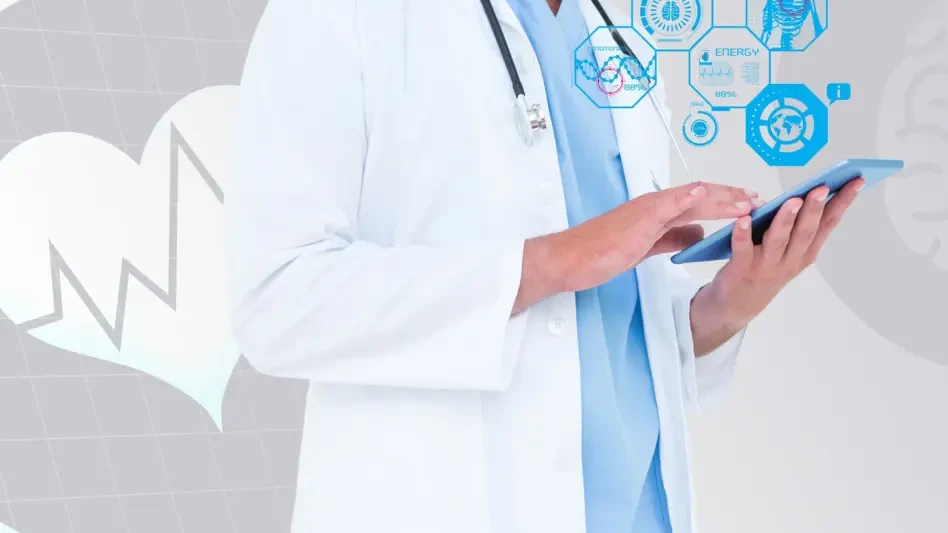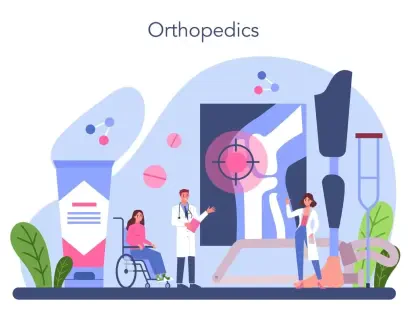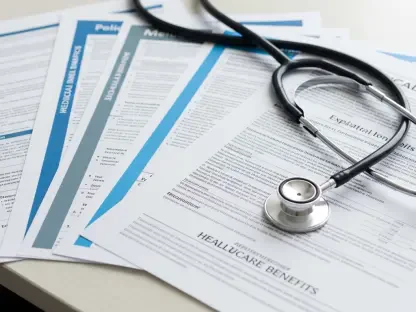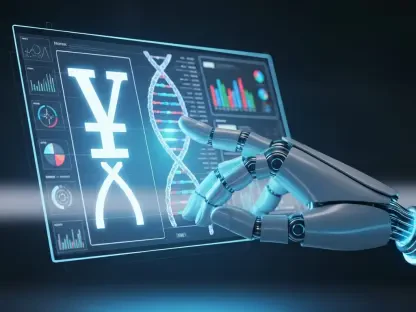In the intricate landscape of 21st-century healthcare, Chief Information Officers (CIOs) are encountering substantial challenges related to data management, as they are tasked with doing more with fewer resources. These challenges arise from budget constraints, workforce reductions, and increased pressure on health infrastructure spurred by aging populations and a rise in chronic diseases. As the digital transformation of healthcare accelerates, data modernization becomes a central focus. It is essential not only for addressing current challenges but also for preparing healthcare systems to meet future demands more effectively. The path to transforming healthcare through information technology requires innovative solutions that ensure scalability, security, and enhanced analytical capabilities.
Importance of Data Modernization in Healthcare
Data modernization stands as an integral pillar in transforming healthcare into a more efficient and resilient industry. The healthcare sector has long been hampered by legacy systems that restrict interoperability, complicating data analysis and posing security risks. These outdated systems are characterized by departmental silos and fragmented architectures that hinder seamless information sharing and make it difficult for clinicians to access the comprehensive data they need. Consequently, healthcare practitioners often work with incomplete patient information, which compromises patient outcomes. By modernizing data infrastructures, organizations can overcome these barriers, enabling improved patient care and more robust security measures.
Modern data architectures offer a comprehensive view of patient data by implementing cloud-based solutions and interoperability frameworks that dismantle traditional barriers. Cloud technology provides healthcare organizations with scalability and flexibility, allowing them to efficiently handle the vast and growing volumes of data. Furthermore, interoperability standards, such as Fast Healthcare Interoperability Resources (FHIR), ensure smooth data exchanges across systems, which is crucial for delivering patient-centered care. These innovations enable real-time data analysis and provide a comprehensive picture of patient health, important for informed decision-making and reducing unnecessary interventions.
Leveraging AI and Automation in Healthcare
In addition to data modernization, the strategic application of artificial intelligence (AI) and automation further empowers healthcare CIOs to meet the increasing demands of modern data management. Given that a typical healthcare facility continuously generates massive amounts of data, traditional analytical capabilities often fall short. AI transforms the landscape with advanced analytics that can identify patterns and correlations which might be overlooked by human analysis. This not only improves diagnostic accuracy but also enables predictive insights that help clinicians devise proactive treatment plans. AI in healthcare can forecast disease progression and suggest personalized interventions, directly contributing to enhanced patient outcomes.
Automation aids healthcare systems in managing large volumes of data more efficiently, reducing the manual workload and streamlining operations. The integration of AI-powered tools allows for more dynamic data management strategies, which can adapt to the unique needs of healthcare settings. By automating routine tasks, healthcare providers can focus more resources on direct patient care. Additionally, this technological advancement fosters a responsive healthcare environment where data-driven decisions are made swiftly and with greater accuracy. The collaborative efforts between AI and healthcare practitioners serve as a testament to the transformative power of technology in achieving better health outcomes.
Strengthening Cybersecurity in the Health Sector
As healthcare systems become increasingly reliant on digital technologies, cybersecurity emerges as a critical area of focus for CIOs aiming to secure sensitive patient information. The healthcare industry remains a prime target for cybercriminals due to the high value of medical data and its relatively low cybersecurity maturity compared to other sectors. With increasing cyber threats, healthcare organizations must implement robust security protocols to mitigate risks and protect patient data from breaches. Historical incidents, including high-profile cyberattacks on healthcare networks, highlight the devastating impact inadequate security measures can have, both financially and on patient trust.
Healthcare organizations need to strengthen their cybersecurity posture by adopting proactive approaches that integrate security into every facet of technology deployment. Continuous vulnerability assessments, employee education, and robust incident response planning are essential in proactively countering threats. Moreover, modern strategies emphasize the importance of beyond-basic compliance, focusing on granular access controls, encryption, AI-driven threat detection, and data loss prevention measures. These comprehensive strategies safeguard sensitive health information throughout its lifecycle, fostering trust and reliability in digital healthcare solutions.
The Role of CIOs in Transforming Healthcare
In navigating these complex landscapes, CIOs are recognized as pivotal change agents driving transformative initiatives within healthcare organizations. In recent years, an overwhelming majority of health system executives have identified digital and AI transformation as key objectives for growth and innovation. This shift underscores a growing realization that technology must be leveraged not merely as a utility but as an enabler of strategic healthcare outcomes. The efficacy of modern healthcare increasingly relies on CIOs who possess a forward-thinking mindset and the ability to manage the intricacies of data modernization, AI integration, and cybersecurity measures.
CIOs play a crucial role in aligning technology strategies with organizational goals, ensuring that technology investments lead to meaningful improvements in patient care and operational efficiency. By fostering a culture of innovation and collaboration, CIOs can position their organizations to adopt cutting-edge solutions that support patient-centric care and strengthen resilience against emerging challenges. As system stewards, CIOs must anticipate shifting industry trends and be agile in response to the dynamic needs of healthcare. Their leadership is instrumental in guiding their organizations toward a future where data-driven healthcare is not only achievable but sustainable.
Enhancing Patient-Centric Care
A significant component of healthcare transformation involves a paradigm shift towards patient-centric care, where technology serves as a vital enabler. Predictive models powered by data analytics offer unprecedented opportunities to personalize care delivery by identifying patients at risk and guiding early interventions. This shift in focus transforms healthcare from a reactive to a proactive discipline, where clinicians may preemptively address health issues before they escalate into crises. The use of technology to empower patients in managing their health underscores a move away from viewing technology as an end unto itself and embracing it as a means to enhance patient engagement and outcomes.
The focus on patient-centric care aligns with broader trends in empowering individuals to take active roles in managing their health. By harnessing technology to provide patients with insights and preventative guidance, healthcare systems achieve improved health outcomes and greater patient satisfaction. This approach pools clinical knowledge with real-time data, allowing for timely and impactful interventions that improve quality of life. By aligning technological advancements with this patient-first strategy, healthcare providers can effectively transform the patient experience, building trust and fostering hope in managing health matters.
Future Directions for Scalable Data Solutions
Data modernization is essential for transforming healthcare into a more efficient and resilient sector. The industry has long struggled with outdated systems that hinder interoperability, complicate data analysis, and pose security threats. These legacy systems create silos and fragmented architectures, obstructing seamless data sharing and impeding clinicians’ access to holistic patient data. As a result, healthcare providers often work with partial patient information, affecting the quality of care. By updating data infrastructures, organizations can bypass these challenges, enhancing patient care and strengthening security measures.
Modern data architectures deliver a complete view of patient data through cloud-based solutions and interoperability frameworks that break down traditional barriers. Cloud technology offers scalability and flexibility, enabling efficient management of the massive volumes of data. Interoperability standards like Fast Healthcare Interoperability Resources (FHIR) facilitate smooth data exchanges, crucial for patient-centered care. These advancements allow for real-time data analysis and an inclusive view of patient health, crucial for informed decision-making and minimizing unnecessary treatments.









